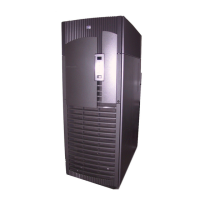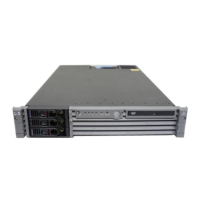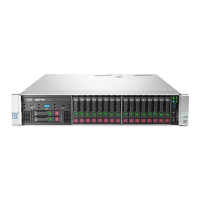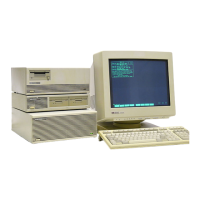Chapter 3 3-1
Troubleshooting
3
Troubleshooting
This chapter presents the overall strategy for troubleshooting failures on the D Class
and R Class Enterprise Servers, and provides some procedures you can follow that will
help you isolate most system problems.
Topics included in this chapter are:
• Calling the Response Center
• Safety Considerations
• Hard Failures
• Power System Troubleshooting
• Troubleshooting System Hardware Faults
• High Priority Machine Check (HPMC)
• System/Core I/O Card Troubleshooting
• Soft Errors
• Diagnostic Tools
• Operating System Problems
• Performing a Memory Dump
The chapter is organized so that you can diagnose failures in a logical manner from the
"top down," regardless of your experience. You can use the information and procedures in
this chapter to isolate and correct nearly all system hardware failures.
If a problem occurs that is not covered here, you should consult more experienced
support personnel within your organization or contact the nearest Hewlett-Packard
Response Center for assistance. Care should be taken before taking any steps to remedy
a failure. Always collect as much information as possible about the failure.
Never swap out a Field Replaceable Unit (FRU) until you have documented the
following:
• The failure symptoms
• All status indicators
• All console and front panel messages
• System configuration
• Number of users logged on
• Application or tasks running at the time of the failure
• All other information that may help describe the failure
Use this information, along with the procedures in this chapter, to aid in selecting
appropriate corrective action. Keep a log of all actions you take for future reference.
